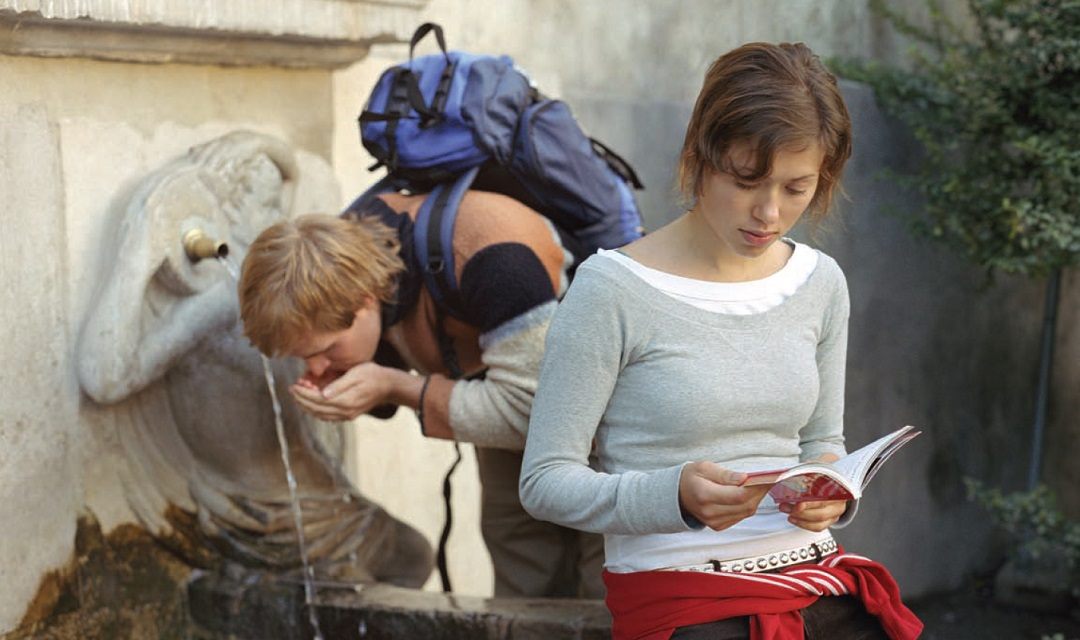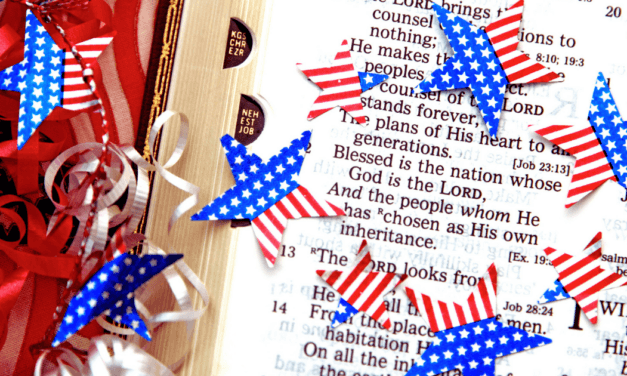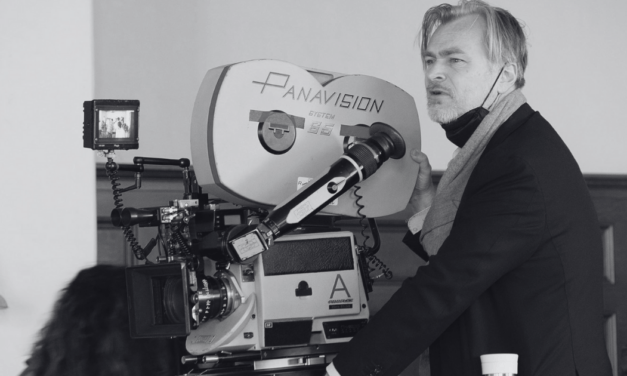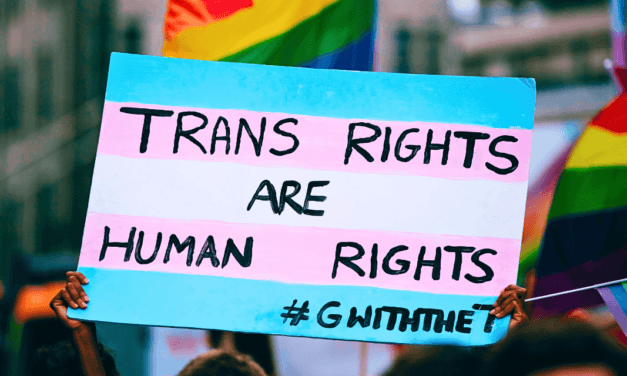This article first appeared in CHRISTIAN RESEARCH JOURNAL, volume 35, number 03 (2012). The full text of this article in PDF format can be obtained by clicking here. For further information or to subscribe to the CHRISTIAN RESEARCH JOURNAL go to: http://www.equip.org/christian-research-journal/
I recently passed the window display of a national chain that sells clothes to young women. Splashed across its window was the title of Jack Kerouac’s novel On the Road. Accompanying the words and the mannequins were images that captured the allure of the American West and the mystique and promise of the open road, powerful motifs that resonate with any generation born since the end of World War II. Kerouac introduced into the contemporary mind the potent symbol of the road. As time has passed, Kerouac’s symbol of the road has gained traction for a culture that is increasingly transient and disconnected.
It is no wonder that Jack Kerouac is gaining a new audience among Millennials. Penguin Books has recently released a range of On the Road merchandise complete with water bottles and passport holders for a generation obsessed with travel. The first film adaptation of On the Road is soon to hit the screen staring Millennial icon Kristen Stewart, the actress best known for her portrayal of Bella in the films of the Twilight franchise.
Kerouac’s influence on popular culture and the lifestyles of young adults, however, is not so much found amongst those who have read his writings, but in the way that Kerouac in the late 1940s sketched out the life script that so many young adults follow. To understand this cultural phenomenon, we need to understand the man and how he changed how we view our lives.
CATHOLIC, CALVINIST, AND FRENCH CANADIAN
Born in 1922, Kerouac was part of Tom Brokaw’s “greatest generation,” but his influence would shape the generation following his own. In an era of conformity and
conservatism, Kerouac would bounce around New York City in a ball of drug-fueled, jazz-inspired sexual energy. Though unusual and deviant at the time, his lifestyle was far more like the typical young adults of the twenty-first century—a lifestyle defined by a thirst for experience and travel, recreational drug use, a fear of, and yet a desire for, community and commitment.
Kerouac was christened Jean Louis Lebris de Kerouac by French Canadian parents in Lowell, Massachusetts. The defining moment of his life was the tragic death of his brother Gerard from rheumatic fever at age nine. A sense of survivor’s guilt haunted Kerouac for the rest of his life. His mother and father both loved God and the bottle—influences that would mark Kerouac’s life and shape his grief. The French-speaking Catholics of Massachusetts followed the teachings of Cornelius Jansen, whose Catholicism was deeply influenced by the theology of John Calvin. This unique blend of Catholicism and Calvinism infused Kerouac’s faith with a deep understanding of sin, the cross, and the place of suffering in the Christian life.
HOW A GROUP OF MISFITS RESHAPED AMERICA
A gifted football player, Kerouac earned a scholarship to Columbia University in Manhattan and found a home among a collection of bohemian university buddies: poet Allen Ginsberg, writer William S. Burroughs, editor Lucien Carr, and various other creative misfits. The group was united in their belief that American culture had gone awry. Their reading of Oswald Spengler’s Decline of the West convinced them that they were living at the end of western culture.
The group looked at a postwar society awash in materialism, secularism, and shallowness, and came to the belief that if rationalism and science had led society to its current crisis, then romanticism, spirituality, and experience would rehumanize America. They began to plot, plan, and live out a new way of being human, a response to the great crisis they saw all around them. If America was settling down behind white picket fences, they wanted a life on the road.
Unbeknownst to this coterie of freethinkers, their seminal experiments with sexuality, Eastern religions, drugs, and restless travel would be launched from the margins into the cultural mainstream over the coming decades. Kerouac labeled his friends the “Beat Generation”; later the media would dub them “beatniks,” playing off of the Sputnik satellite. They would foreshadow the counterculture and the hippie movement of the sixties, which would in turn influence the mainstream in the seventies, and eventually come to define the contemporary consumer, popular culture, and personal questing in the West.
THE RUCKSACK REVOLUTION
Kerouac would call for a “rucksack revolution,” a generation- al move away from home on to the road, a new kind of lifestyle for young people that would be built on experience, pleasure, spiritual exploration, mobility, and self-discovery. In 1947 Jack Kerouac set off on a road trip that would reshape the mental landscape of almost everyone born in the West since that date. His cross-country jaunt would change how we viewed the world, processed our lives, and interacted with our faiths. It would alter the cultural code of the West, reorienting our collective psyches around the idea of the road. Kerouac recorded his road trips in his classic book On the Road.
On the Road would be read by millions, but its approach to life would be imitated in one form or another by millions who had never read the book. True, the release of the book did not change the culture single-handedly but tapped into the desire for change that was already bubbling under the surface. Kerouac’s friend, the author William S. Burroughs, remarked, “The restlessness, the dissatisfaction were already there waiting when Kerouac pointed out the road.”1 Yet it was Kerouac’s motif of the road that provided the spark that would ignite the fire of cultural change.
Before Kerouac changed the life script of the West, life was processed through the idea of home. Home was not just a building in which you lived. It was a place to which you were deeply connected. Home was a family and a community of people to whom you belonged. Home was a unified worldview. This worldview infused every part of your life: it informed your recreational life, your work life, your religious life, even your sex life. This sense of home was held together by traditions and a way of life to which the individual submitted.
Despite these traditions restricting options and personal freedoms, the ideal of home gave the individual a sense of purpose, belonging, and place. You did not need to discover who you were. Your sense of rootedness and your communal connections gave you a sense of self, an identity that was set and solid. Sure, not everyone experienced home in this way, but for the culture it was the ideal; a secure home and a loving community was what we hoped for.
THE CULTURE OF THE ROAD
Today we could not be in a more different space. The idea of roots, of a home, has been dismantled by multiple factors; be they the breakdown of fixed and stable communities, the erosion of the family, the social liquidity of late modernity, or the triumph of hyperindividualism. Jack Kerouac was not the architect of these changes, but he gave Western culture a mental image to capture this new reality. So now our ideal is the road. Each generation since the Baby Boomers has viewed life through the prism of the journey. For each subsequent generation, the motif of life being a road has only intensified. For Millennials, this view is triumphant.
So why do we choose to view life as a journey? How did Kerouac’s image of the road become so applicable to how we live and think? Well, modern life is a confusing business. The culture of home, in which everyone subscribed to one worldview, has disappeared. Now we are faced with countless decisions. The contemporary person is stuck in a constant quandary. Would I be happier in a smaller city? Should I eat more fruit? Am I overweight? Android or iPhone? Should I read more? What do I think of global warming? Sure, we have freedom of choice, but we must navigate the immensity of the options before us.
Our confusion only increases when we understand the way that our culture segments our lives into compartments. We have our family lives, our work lives, our emotional lives, our sex lives, our spiritual lives, and our recreational lives. We have our finances and our fitness, our health and our political beliefs. Our culture tells us that to be happy we must find meaning and success in each of these areas. We are told that we must survey the immensity of choice in each segment and then make the right decision that will ensure happiness—a feat comparable to winning the lottery.
There is a whole industry of lifestyle magazines, books, websites, and TV shows dedicated to providing advice on how to achieve success and meaning in each life segment. This creates anxiety in the individual. Our lives may be great, but if one area is not up to scratch, we feel that something is amiss. Thus we suffer from a permanent restlessness. How do we chart and plan a life of meaning and happiness when we are confronted with so many choices? This is where the motif of the road comes in.
The Russian thinker Mikhail Bakhtin, in his study of novels and films, observed that roads play a special role in plots. For the writer they are a useful way of creating meaning within complicated circumstances that is palatable and does not leave us overwhelmed. In the same way, we apply the motif of the road or the journey to our lives as a manageable way of understanding and processing our experiences in a world that has said goodbye to the culture of home.
COST-FREE LIVING
By seeing life as a journey, we can enjoy the moral cost-free benefits of secular living, but then later can Photoshop a layer of meaning over our lives by recounting our experiences as part of our “life journey.” The confusion, fragmentation, and randomness of living in a secular culture lose some of their sting when we apply the “journey” tag to our messy lives. We are addicted to the thought of leaving, to tantalizing possibilities of where we could be going, rather than the concrete reality of actual arrival. We are addicted to being on the road, to having that next destination hovering over the horizon. Thus life, identity, and faith are now viewed as things in process, not yet fully formed. The security of knowing, of arriving, kills the buzz of the contemporary life journey.
FINDING AN EXIT RAMP
For those of us who wish to share the good news with those who view life through the motif of the road, especially for Millennials who have been raised with this worldview, we must understand that the journey has replaced the traditional religious means of processing and approaching life. Whilst spiritual experiences are vital elements of faith, they can also be consumed, exploited, and reduced into mere tourist stops on the individual’s journey. The revelation and authority of Scripture provide a powerful antidote to the worldview of the road. When the person of the culture of the road opens its pages, he or she is exposed not to a celebration of purposeless wandering but rather to the truth of a God whose every action drips with purpose. This is a God who has created a universe that is filled with meaning, not an empty place in which we have to carve out moments of transcendence.
When we open the pages of Scripture, we find a different kind of person from the person of the road: a person of the way, the way of Christ, a pilgrim of a road that does not lead to the tantalizing potential of a future destination but instead to a wooden cross. This way promises life eternal but also demands total obedience, complete surrender, and death to self. Jesus Himself taught that there are two roads. One road is wide and leads to destruction and death. The other road, although narrow, leads to life.
THE CROSS AT THE END OF THE ROAD
Approaching forty, suffering from chronic alcoholism, and running from the media and the movement he inspired, Kerouac retreats to his friend’s shack at Big Sur in Northern California. There is no longer any land to consume, there is only the expanse of the Pacific, its void a reminder of his myth and his mortality. The open road is now at an end, youth is gone and no longer offers any potential. Instead he is only left with “the fear of eerie death.”2 In the shack surrounded by cliffs, Kerouac is visited by sheer terror. Years of drug use, alcohol abuse, and feeling lost result in a nervous breakdown. Sitting on the edge of America, he is pushed to the edge of insanity. No longer free on the Road, but now enclosed within the walls of the shack, Kerouac in desperation writes, “I’m crying, I’m not human anymore and I’ll never be safe anymore.”3 Voices rush through his head, in languages that he cannot understand. Kerouac at his utter limit, in panic exclaims, “The devil!—the devil’s come after me tonight! Tonight is the night!”4 Then with a jolt a vision comes before Kerouac. Having feasted on America, having consumed every drug, every last drink, every highway, fame, sexual experience, the mysticism of the East, and the American dream, Kerouac writes, “Suddenly as clear as anything I ever saw in my life, I see the Cross.”5 At the end of the road stands the cross. Kerouac has in a sense returned home, to the truth of his youth. He is back kneeling before the cross of his childhood: “I see the Cross, it’s silent, it stays a long time, my heart goes out to it, my whole body fades away to it. I hold out my arms to be taken away to it.”6 Kerouac, the broken hipster, the fallen literary star immersed in the reality of his sin, prays, “I’m with you, Jesus, for always.”7
Mark Sayers is the senior leader of the Red Church and founder of Uber Ministries. He is the author of The Trouble with Paris: Following Jesus in a World of Plastic Promises (Thomas Nelson, 2008), The Vertical Self: How Biblical Faith Can Help Us Discover Who We Are in an Age of Self Obsession (Thomas Nelson, 2010), and The Road Trip That Changed the World: The Unlikely Theory That Will Change How You View Culture, the Church, and, Most Importantly, Yourself (Moody, 2012).
Adapted with permission from Sayers’s new book The Road Trip That Changed the World (Moody, 2012).
NOTES
- William S. Burroughs, quoted in The Observer, August 5, 2007, http://www.guardian.co.uk/books/2007/aug/05/fiction.jackkerouac.
- Jack Kerouac, Big Sur (New York, Harper Perennial, 1966).
- Ibid.
- Ibid.
- Ibid.
- Ibid.
- Ibid.









